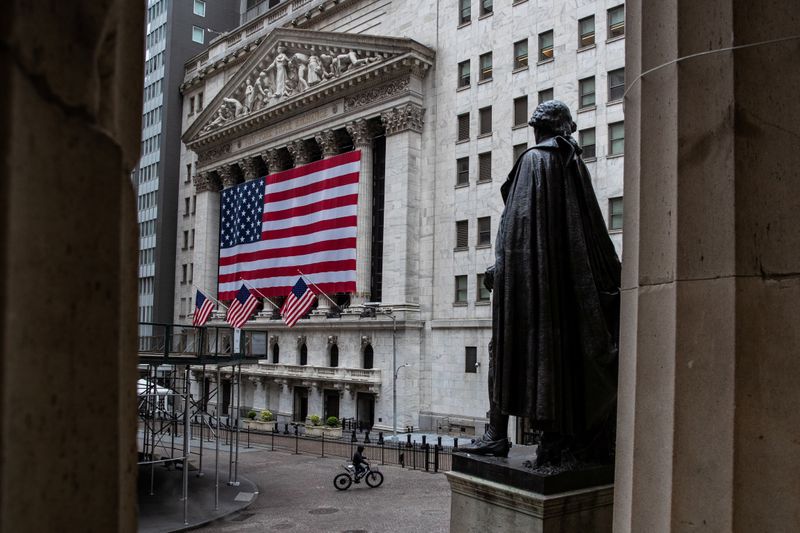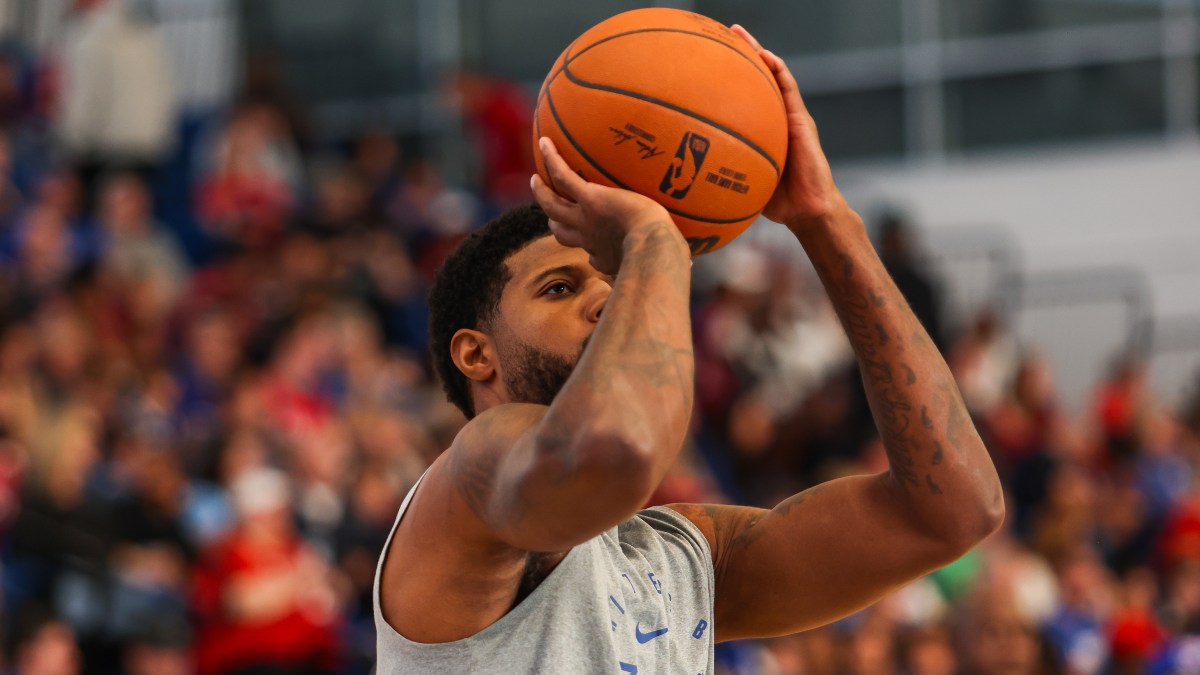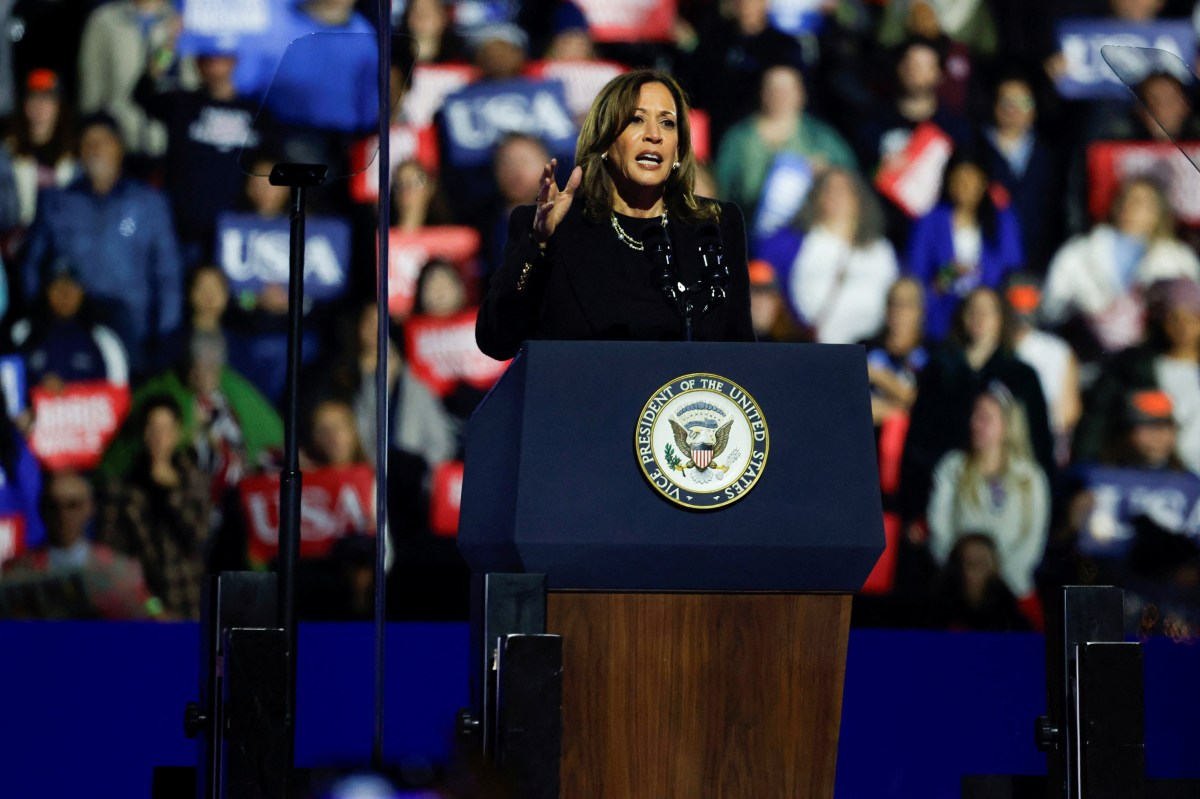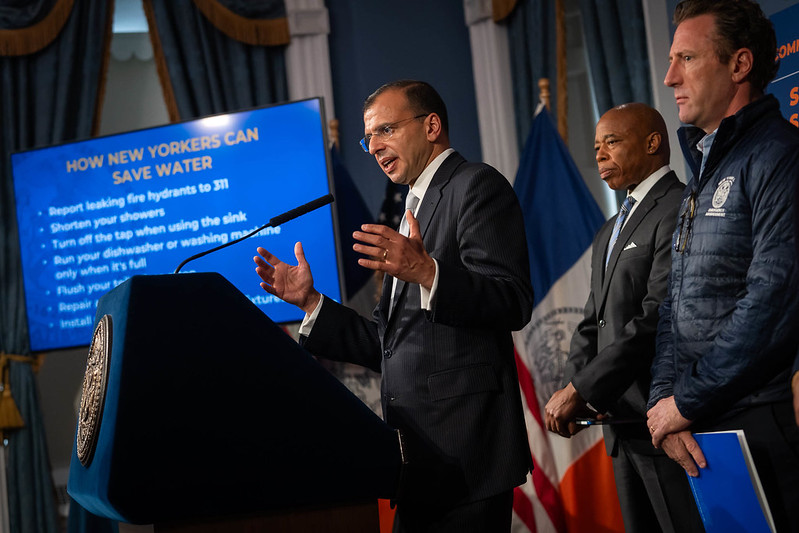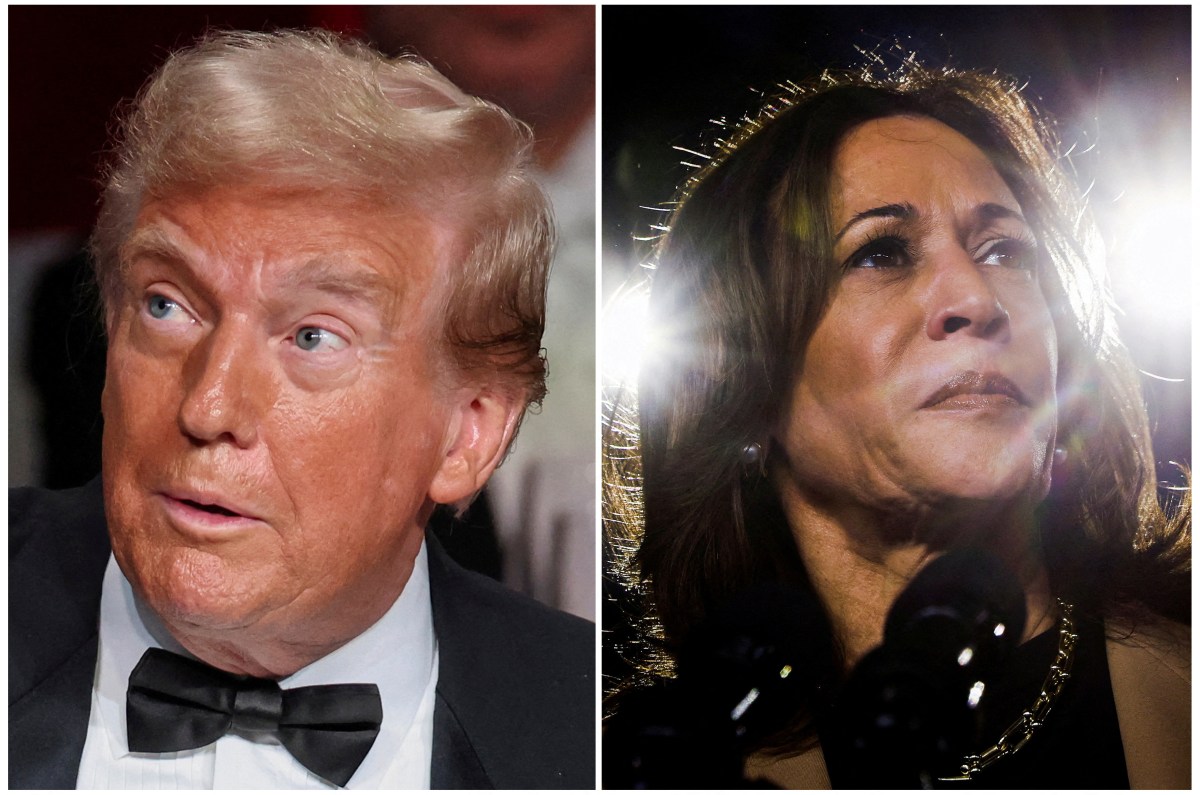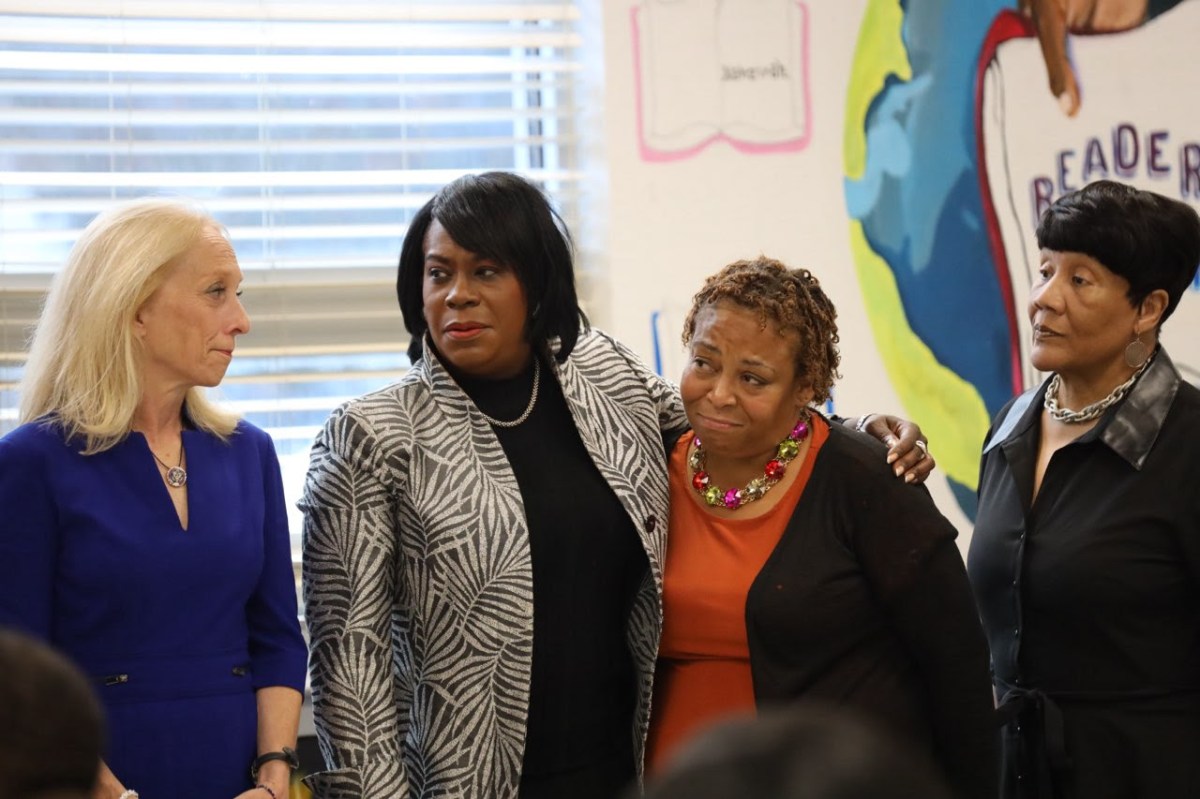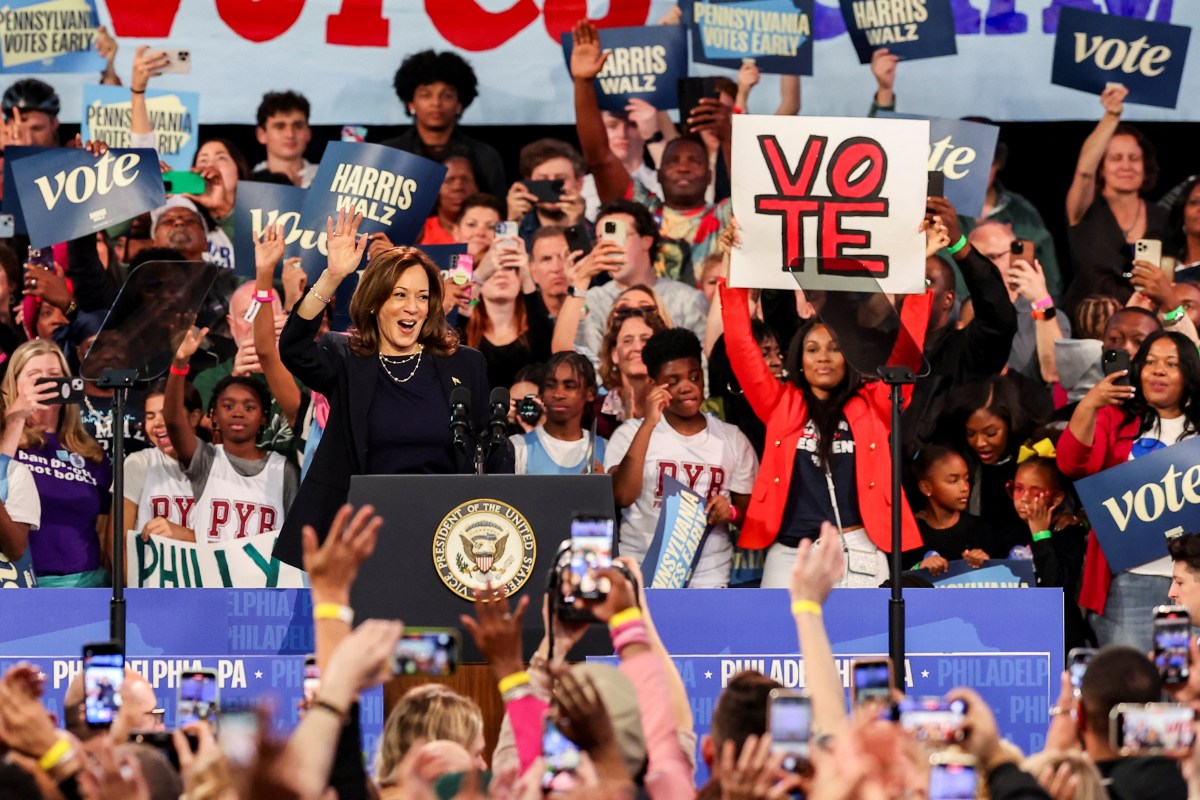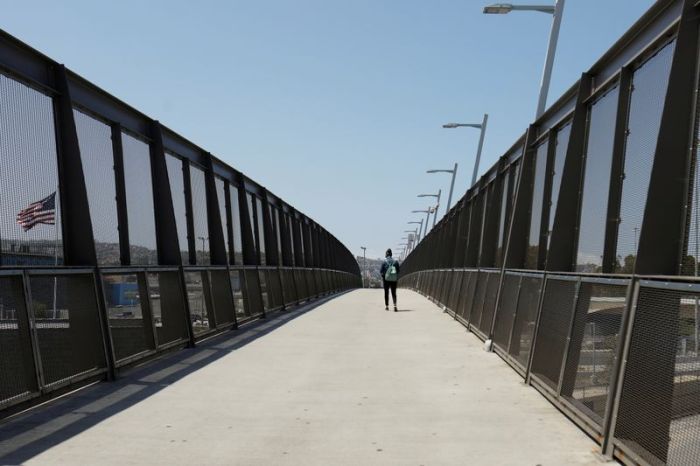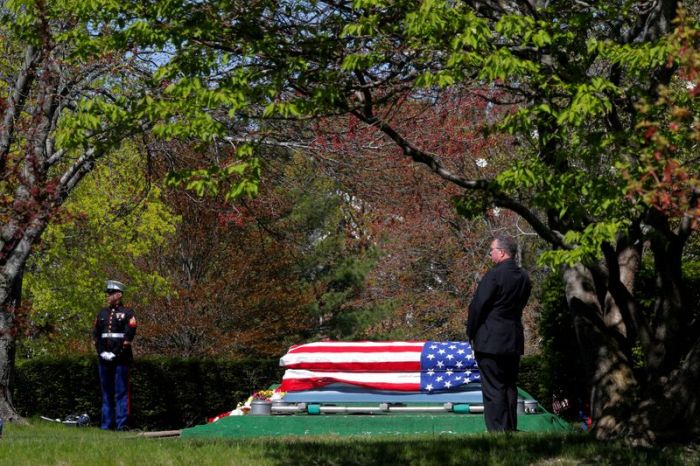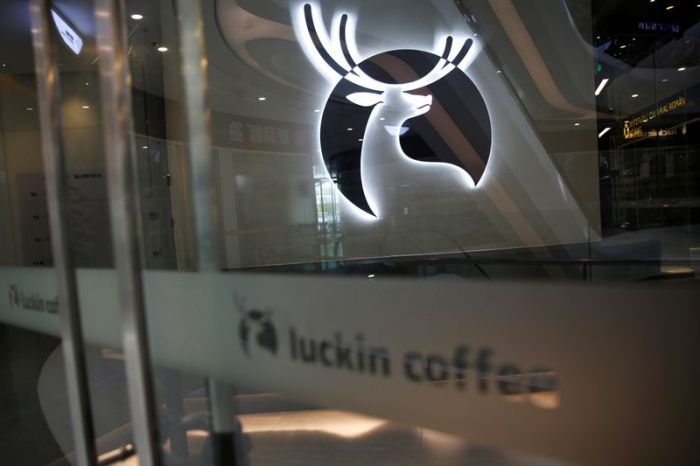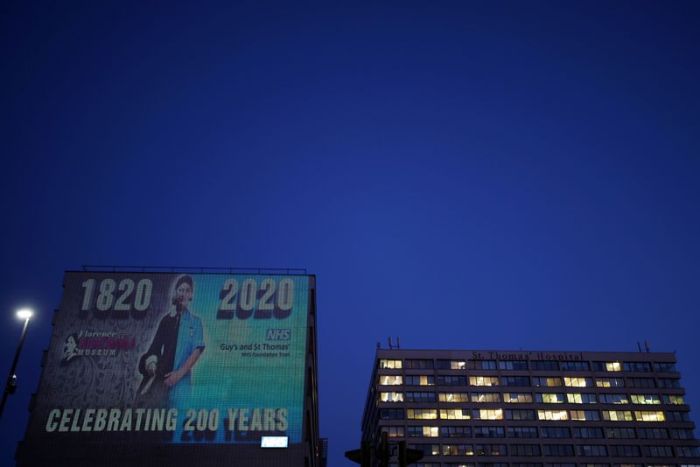New York (Reuters) – The S&P 500 dropped 2% on Tuesday as investors took profits following a warning from the top U.S. infectious disease expert that premature moves to reopen the nation’s economy could lead to novel coronavirus outbreaks and set back economic recovery.
The index suffered its first decline in four sessions as investors weighed the potential for a second wave of virus infections against hopes that easing of stay-at-home restrictions could ignite a recovery in the U.S. economy, which has been severely damaged by the virus.
Anthony Fauci, the director of the National Institute of Allergy and Infectious Diseases, told Congress that the virus, which has already killed 80,000 Americans, was not yet under control and that there would not likely be a treatment or vaccine in place by late August or early September.
“There is a real risk that you will trigger an outbreak that you may not be able to control and … could even set you back on the road to try to get economic recovery,” Fauci said of premature steps.
And reports of new clusters of coronavirus infections in countries such as China, South Korea and Germany where lockdowns had been lifted appear to have added to worries.
Optimism about an economic recovery and massive stimulus measures have helped the S&P 500 climb about 34% to Tuesday’s intraday high from the March 23 low of the pandemic-driven selloff.
“It goes back to science versus the Federal Reserve. The Federal Reserve has been supportive of the market … What’s going to win here?,” said Phil Blancato, chief executive of Ladenburg Thalmann Asset Management in New York.
“From the science viewpoint if we open too quickly, we’ll just go back to where we were. But if we don’t open at all, we have this economic malaise.”
With concerns about potential for declines, participants like Dennis Dick, proprietary trader at Bright Trading LLC in Las Vegas, were anxious to lock in their profits.
“People are very nervous about how the reopening is going to go,” he said.
Wall Street’s three major averages closed around their session lows. The Dow Jones Industrial Average fell 457.21 points, or 1.89%, to 23,764.78, the S&P 500 lost 60.2 points, or 2.05%, to 2,870.12 and the Nasdaq Composite dropped 189.79 points, or 2.06%, to 9,002.55.
The Cboe Volatility Index, known as Wall Street’s fear gauge, ended 5.47 points higher at 33.04. It was the biggest one-day point gain for the VIX in more than three weeks.
Among the S&P’s 11 major sectors, real estate was the biggest percentage decliner with a 4.3% drop.
Industrials and financials were the next biggest laggards with respective declines of 2.8% and 2.7%.
Tuesday’s data showed that U.S. consumer prices dropped by the most since the Great Recession in April, due to a plunge in demand for gasoline and services including airline travel as people stayed home during the coronavirus crisis.
But prices for food consumed at home rose 2.6% in the largest advance since February 1974, leaving some investors anxious about the prospect of stagflation, if consumers cannot keep up with price increases for essentials.
“What happens if the cost of essential goods get more expensive and you’re not earning enough money. That could become really problematic,” said Ladenburg Thalmann’s Blancato.
Helping to drag down the financial sector was a 7.8% drop in BlackRock Inc, after its top shareholder PNC Financial Services Group Inc said it planned to sell its entire 22% stake in the world’s largest asset manager.
Online food delivery company GrubHub Inc surged 29% after a person familiar with the matter said Uber Technologies Inc was in advanced talks to buy the company in an all-stock deal.
Declining issues outnumbered advancing ones on the NYSE by a 2.91-to-1 ratio; on Nasdaq, a 2.65-to-1 ratio favored decliners.
The S&P 500 posted nine new 52-week highs and two new lows; the Nasdaq Composite recorded 91 new highs and 42 new lows.
On U.S. exchanges 11.28 billion shares changed hands compared with the 11.36 billion average for the last 20 sessions.
(Additional reporting by Noel Randewich, Medha Singh and Devik Jain in Bengaluru; Editing by Shounak Dasgupta and Cynthia Osterman)

